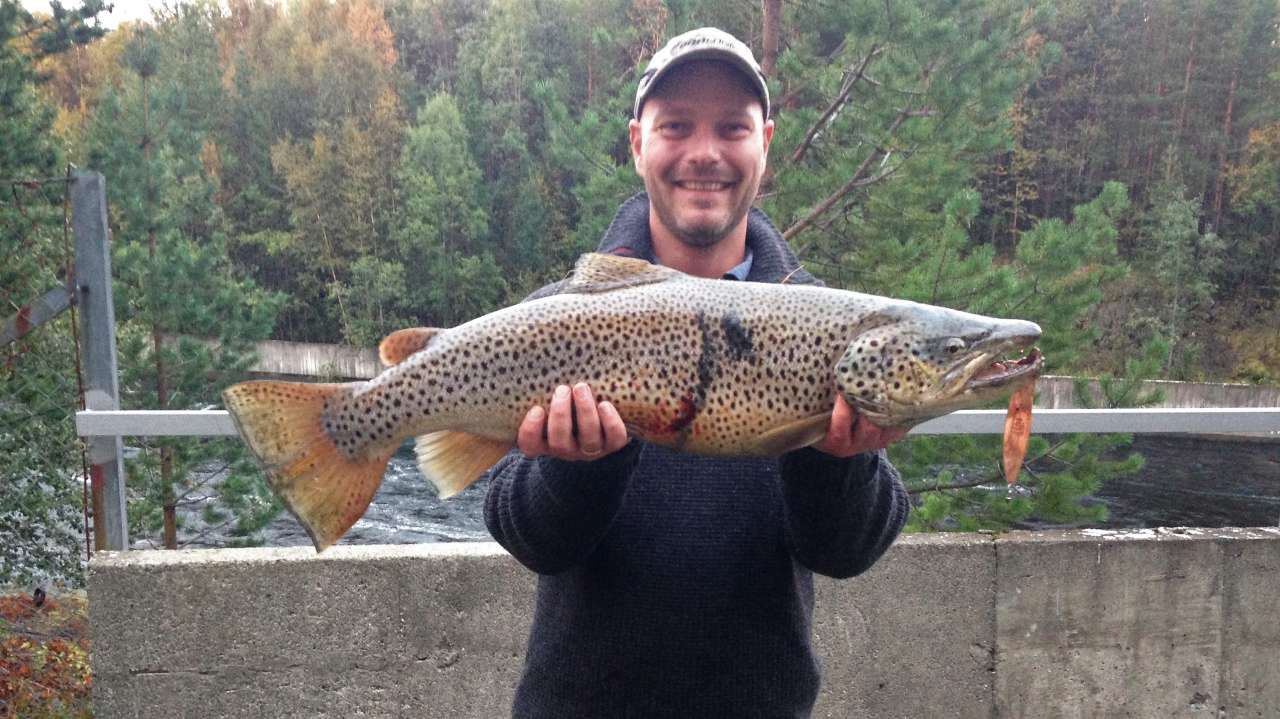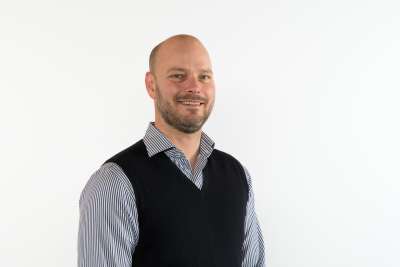Mapping the trout in the Pasvik River

Photo: Private
As part of Norwegian-Russian collaboration in the border region, researchers are mapping the trout stocks in the Pasvik River.
The construction of hydropower plants between 1956 and 1978 along the Pasvik River, which stretches 140 kilometers north from Lake Inari to Kirkenes, turned the river into a fully regulated watercourse. Most of the waterfalls and rapids disappeared, and many of the natural trout spawning and nursing areas were destroyed. However, there is still a lot of trout in the river.
“Ever since the hydropower plants were built, the local energy company has had a duty to stock the Pasvik River with trout. They focus on ensuring that the tasks of cultivation and release are performed appropriately and sustainably in a long-term perspective,” explains Head of Department Snorre Hagen at NIBIO Svanhovd. He leads the Norwegian-Russian collaboration mapping the trout stocks and wild trout populations in the Pasvik River.
The goal of the project is to find out more about the genetic diversity of the trout stocks and the effect of the current methods of cultivating and releasing the fish. Another goal is to determine how many trout populations are present in the watercourse, to what degree they have contact with each other and how they spread. The researchers will also be looking at whether the cultivation program ensures stocks that are viable in the long-term and what can be improved to strengthen the wild trout population in the river.
“We have been taking genetic samples from every single brood stock of trout used for breeding since 2015, as well as from some offspring from every combination of parents. We are therefore starting to get a fairly large genetic database of the fish used in Pasvik Kraft’s aquaculture facility, which will later be released into the river,” explains Hagen.
The hope is that the trout project becomes a springboard for wider studies of the ecosystems in the Pasvik Valley – both in water and on land.
Contacts

Contacts

